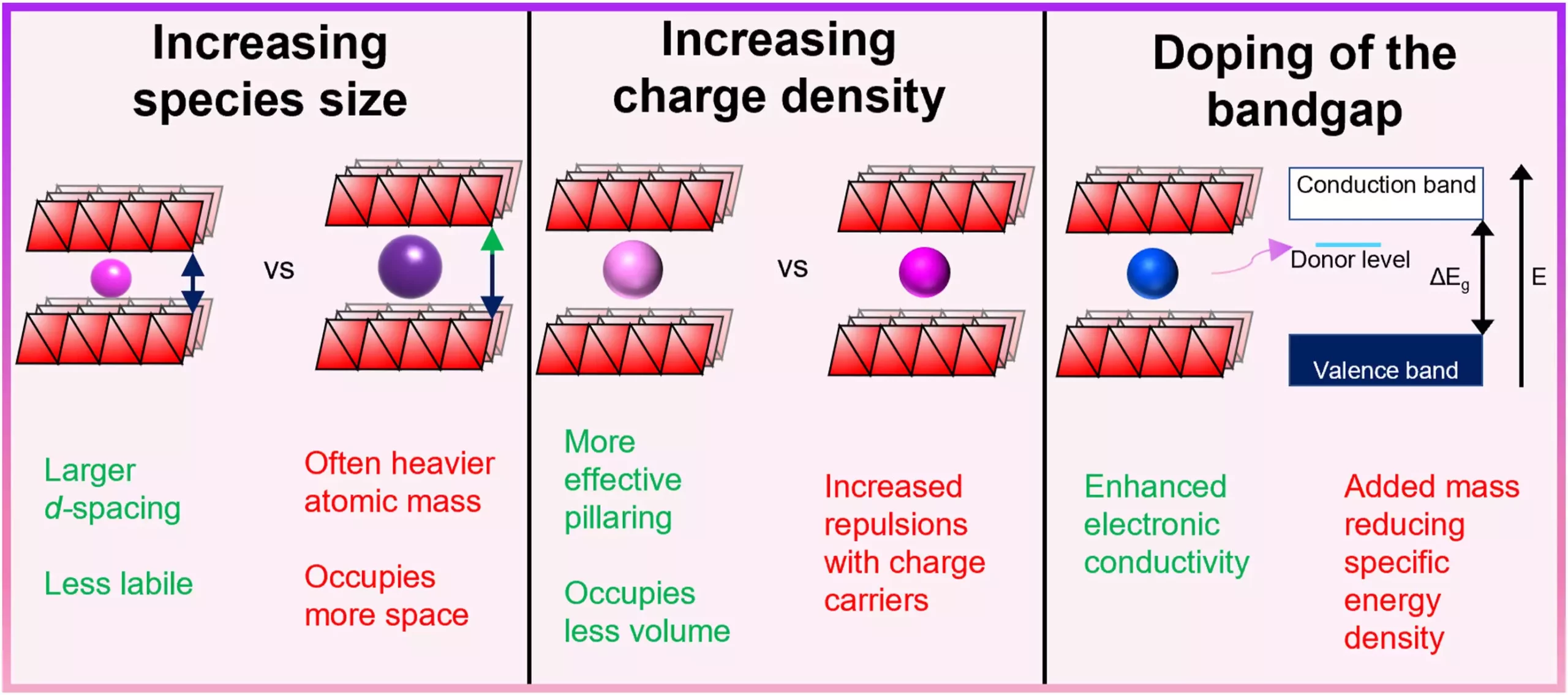In recent years, the reliance on lithium for energy storage has raised alarm bells among scientists, policymakers, and industry leaders alike. As the demand for electric vehicles (EVs) and renewable energy solutions continues to surge, the supply of lithium, which is essential for conventional lithium-ion batteries, is becoming increasingly strained. These circumstances necessitate a critical examination of alternative energy storage technologies. Sodium, potassium, magnesium, and zinc-ion batteries have surfaced as hopeful alternatives poised to lessen our dependency on lithium. However, while these batteries offer valuable benefits, they are not devoid of challenges in areas such as capacity, charge-discharge rates, and overall stability.
Amidst the need for robust alternatives to lithium-ion technology, researchers are exploring innovative methods to enhance the performance of emerging battery technologies. One such method is carrier pre-intercalation, a technique that has attracted attention due to its potential to significantly improve the electrochemical performance of electrode materials. A recent study conducted by scholars from University College London sheds light on this transformative approach. By focusing on how carrier pre-intercalation optimizes electrode materials, the research has unveiled significant insights into the future of non-lithium battery technologies.
The essence of carrier pre-intercalation lies in its ability to modify electrode materials by incorporating beneficial ions into their structures. This preemptive insertion not only broadens interlayer spacings but also enhances ion diffusion and electrical conductivity within the materials. Techniques such as chemical and electrochemical pre-intercalation play pivotal roles in this process, leading to electrodes that demonstrate improved stability and longer lifespans for sodium, potassium, magnesium, and zinc-ion batteries. These improvements are crucial as they address some of the fundamental limitations that have previously hindered the adoption of these battery technologies.
Dr. Yang Xu, one of the key authors of the study, emphasizes that the advancements provided by carrier pre-intercalation could fundamentally change the landscape of energy storage. Not only does this method resolve inherent flaws associated with non-lithium batteries, but it also aligns perfectly with global sustainability initiatives. Reducing our reliance on lithium is essential for creating more sustainable energy storage solutions, and such efforts dovetail with the pressing need for eco-friendly alternatives amidst growing environmental concerns.
The implications stemming from this research are far-reaching, with the potential to reshape energy storage systems on a global scale. By making sodium, potassium, magnesium, and zinc-ion batteries more viable and reliable, the carrier pre-intercalation process can facilitate broader applications in electric vehicles and grid storage systems. Such advancements may also foster significant shifts in energy policies and market dynamics, thereby accelerating the transition towards renewable energy sources. Ultimately, as research continues to unfold, the innovative strategies that arise from studies like this will be crucial in defining the future of energy storage technology.

